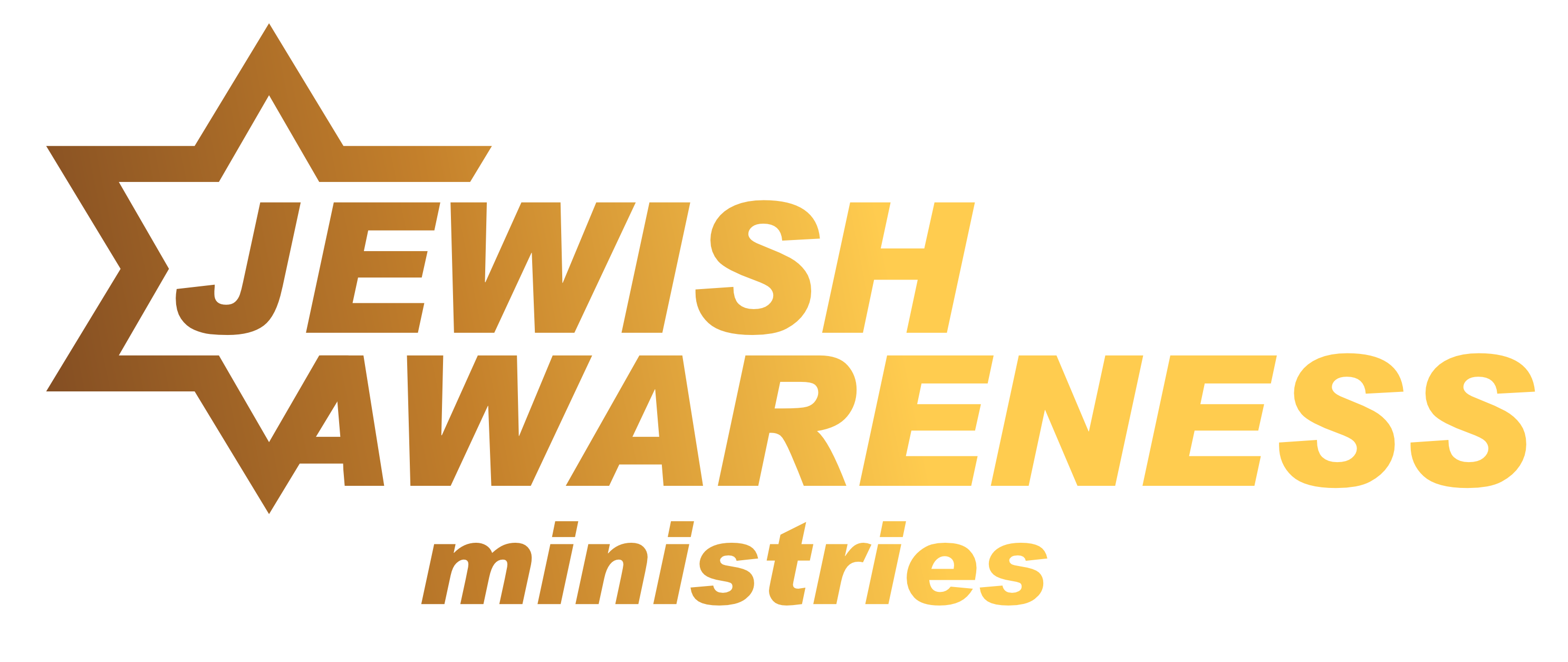by Arlene Berg
CHANUKAH – pronounce “CHAN-u-kah” with the Hebrew guttural “ch” and the long “u”. This word is also spelled HANUKAH and approximately 13 other ways, with one or two “n’s” and “k’s” and with either the “ch” or “h” at the beginning of the word.
CHANUKAH – Hebrew for “DEDICATION.”
Hanukah is celebrated from Tuesday, December 12, 2017 – Tuesday, December 20, 2017 – beginning at sundown on December 12 and ending at sundown on December 20.
Hanukah is one of Judaism’s most joyous holidays. It commemorates the rededication of the Temple in Jerusalem in 165 B.C. Four year earlier Antiochus Epiphanes, the Hellenized ruler of Syria, had entered Jerusalem, destroying a large part of the city and slaughtering men, women, and children. He entered the Temple, carried away all the furniture, vessels, and sacred treasures, and crowned his desecration by offering a pig on the holy altar to the Greek god Zeus. He cooked a pig in the Temple and poured its broth on the holy scrolls and on the altar. Antiochus also sternly forbade Jewish people everywhere to observe Judaism.
The priestly family of Judah Maccabee (Maccabee-“hammer” in Hebrew) and his four brothers began an uprising and after four years, with their small army, defeated Antiochus and his much larger, sophisticated army. They cleansed the Beis HaMikdash, or Holy Temple, and on the 25th of Kislev (Jewish month corresponding to November-December), they rededicated the Temple amidst great rejoicing. Hidden in one of the recesses of the Temple, the Jewish people found a small jar of consecrated oil, used for the perpetual light in the Temple. The oil was sufficient for the lights to burn only one day, but God caused a miracle, and the lights burned for eight days, until a new supply could be prepared and consecrated.
Beginning at sundown on Kislev 24, Jewish people will recite a blessing and light a candle on each night of Hanukkah, or the Feast of Lights. They will light one candle on the first night, two on the second, progressively until the eighth night. An extra candle, called the “shamash,” or “servant,” also burns each night along with the other candles on the Chanuka lamp, or Chanukiya. This very important servant candle is used to light the other lights and has a distinctive position on the Chanukiya.
Every night while the candles burn (for at least 30 minutes), no work is done. Jewish children spin the draidel, or four-sided top. On each side of the draidel is a Hebrew letter. These letters stand for the Hebrew words “Nes Gadol Hayah Sham” – “A Great Miracle Happened There.” In Israel, the letters stand for the words “Nes Gadol Hayah Po” – “A Great Miracle Happened HERE.” Each child receives a certain amount of candy or money, depending on which side the draidel lands. “N” (“Nes”) means the player gets “nothing”. “G” (“Gadol”) means the player gets “all” – taken from the Yiddish word “gantze” or “all”. “H” (“Hayah”) means the player gets “half”. “S” (“Sham”) means the player either gets “some” or “shares”.
Delicious potato latkes, or pancakes, fried in oil, commemorative of the oil used in the lamp in the Temple, are eaten. In Israel, sufganiyot, or jelly-filled doughnuts, are fried in oil. Special prayers and Scriptures are read, and the Orthodox, or religious, recite the Hallel Psalms (Psalms 113-118) daily! Children and adults love singing the special songs such as “Ma’oz Tzur” (“Rock of Ages”) and “I Have A Little Draidel”. Gifts are also given on each day of Chanukkah.
Hanukah is mentioned only once in the Scriptures. In the New Covenant, John 10:22 calls it “the feast of dedication”. The next verse states that “Jesus walked in the temple in Solomon’s porch.” Yeshua HaMashiach, Jesus the Messiah, the Light of the world, had come (Isaiah 49:6, John 1:4-9, John 8:12)! He is the Shamash, or Servant, of God (Isaiah 42:1-8, Isaiah 53:11, Mark 10:45), the Living Temple of God (John 2:19-22), God’s “unspeakable Gift” to us (2 Corinthians 9:15), and the Ma’oz Tzur, or Rock of Ages (Psalm 118:22, Isaiah 8:13,14, Isaiah 28:16).
Could it be that the early Christians, most of whom were Jewish, saw the link between Hanukkah and the Temple (Kislev 25) and the Living Temple of God, and set the date for the birth of Mashiach on the 25th of December? You decide. In the meantime, won’t you pray for the Jewish people to come to the Light of the world during the Feast of Lights. Why not send Chanukkah cards to the Jewish people whom you may know (J.A.M. has a free ecard for Chanukah on our website). Perhaps God will give you a wonderful opportunity to tell these dear people about their Rock of Ages, that “unspeakable Gift” of God Who was given for them!
